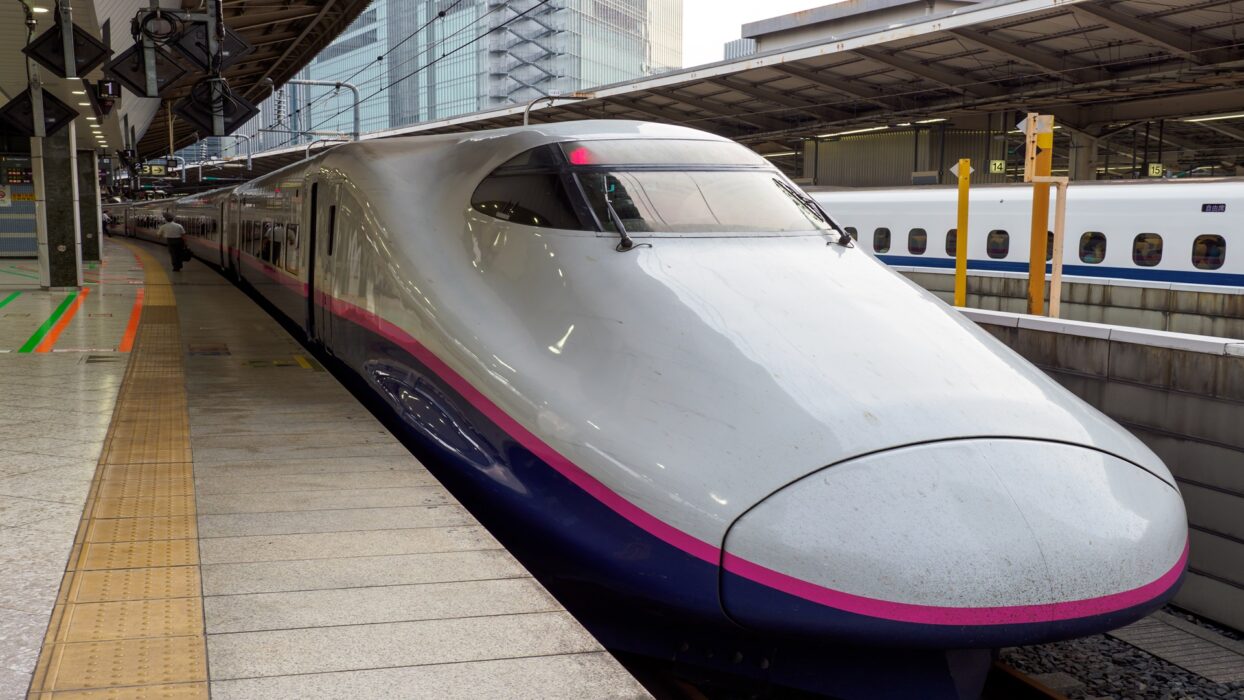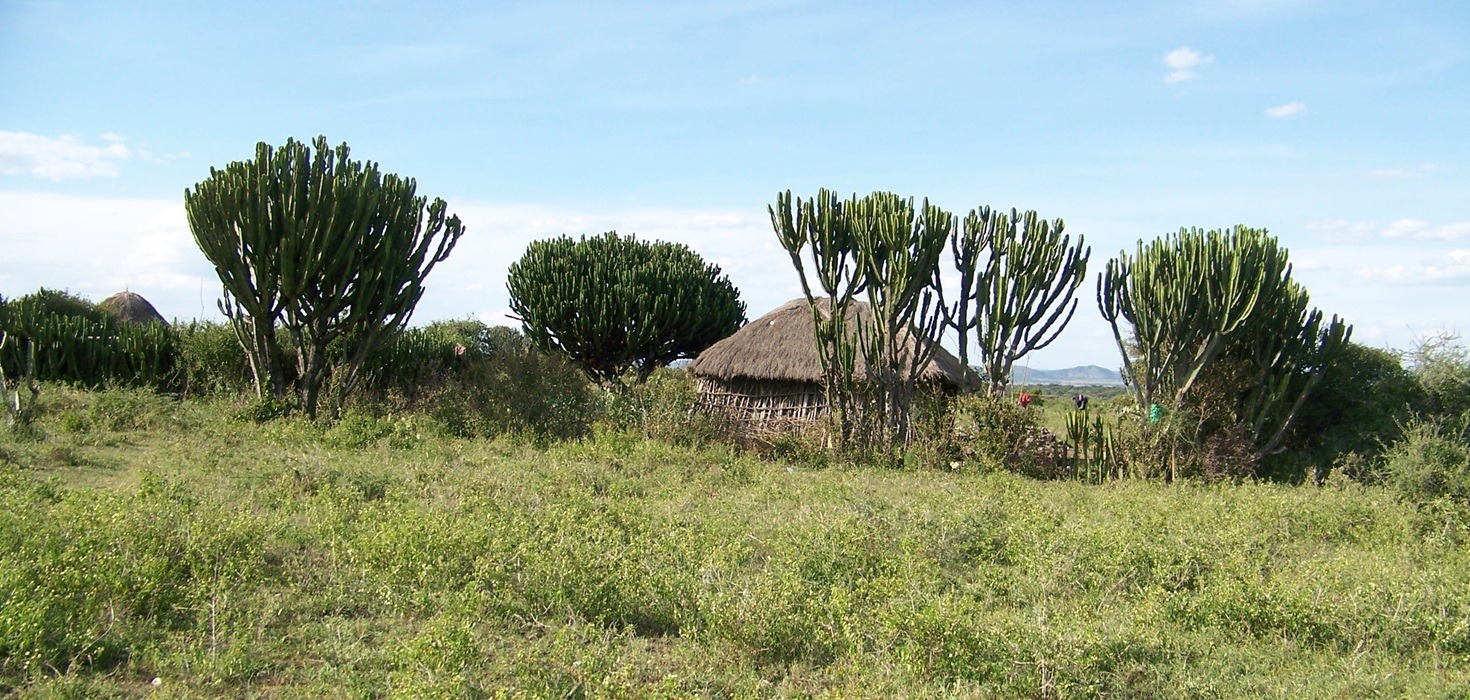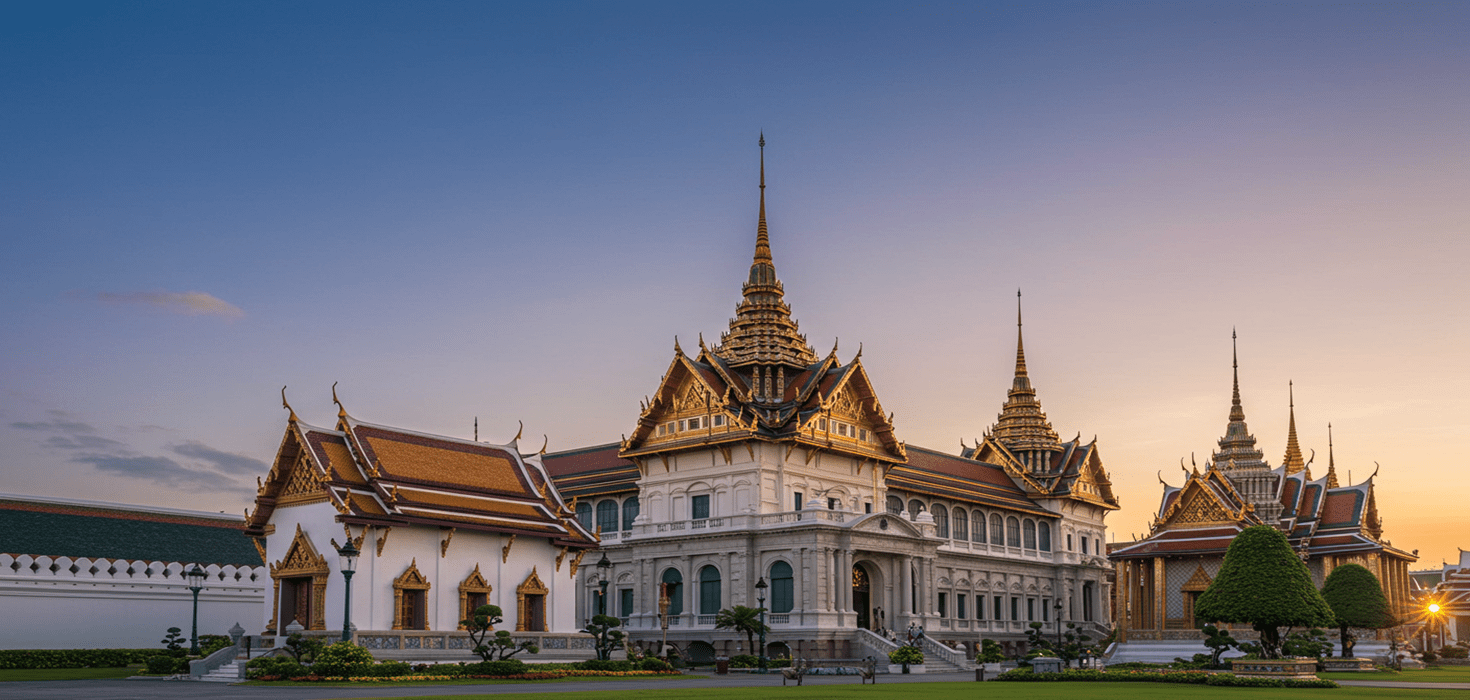Discovering the Serenity of Meiji Jingu Temple
Nestled in the heart of Tokyo, Meiji Jingu Temple is a serene oasis that beckons visitors to escape the frenetic pace of urban life. This Shinto shrine, dedicated to Emperor Meiji and Empress Shoken, is not just a place of worship; it’s a tranquil retreat where nature and spirituality harmoniously intertwine. As you step through the iconic torii gate, a sense of calm washes over you, inviting you to leave behind the bustling streets of the city.
The temple grounds are enveloped in lush greenery, creating a peaceful atmosphere that feels worlds away from the surrounding urban landscape. Towering trees, some over a century old, whisper ancient stories as they sway gently in the breeze. The air is filled with the sweet scent of blooming flowers, especially during spring when cherry blossoms paint the landscape in delicate shades of pink. This blend of nature and spirituality makes Meiji Jingu one of the most cherished peaceful spots in Tokyo, a true sanctuary for those seeking tranquility amidst the city’s chaos.
Architectural Marvel: The Design of Meiji Jingu Shrine
As you wander through the temple grounds, you can’t help but admire the stunning Meiji Jingu architecture. The shrine is a splendid example of traditional Japanese design, featuring a unique combination of natural materials that seamlessly integrate with the surrounding environment. Constructed primarily from cypress wood, the shrine showcases intricate craftsmanship and attention to detail, a hallmark of traditional Japanese shrines.
Unlike many other Tokyo temples, Meiji Jingu stands out for its simplicity and elegance. The main shrine, or honden, is built in the nagare-zukuri style, characterized by its gracefully curved roof. This architectural style not only enhances the aesthetic appeal but also symbolizes the connection between heaven and earth. As you explore the shrine, you’ll notice the absence of ostentation, allowing the natural beauty of the surroundings to take center stage.
Comparing Meiji Jingu to other shrines in Tokyo, such as Senso-ji or Zojo-ji, reveals its unique charm. While those temples boast vibrant colors and ornate decorations, Meiji Jingu embraces a more understated elegance. It’s a perfect representation of the Shinto belief in the sanctity of nature, making it a must-visit for anyone interested in cultural experiences in Tokyo.
Nature’s Embrace: The Meiji Jingu Garden
Just a stone’s throw from the main shrine lies the enchanting Meiji Jingu Garden. This sprawling green space is a testament to the ecological importance of preserving nature within an urban setting. The garden features a variety of flora, including irises, azaleas, and the iconic cherry blossoms, which create a breathtaking tapestry of colors throughout the seasons. Each visit offers a new experience, as the garden transforms with the changing seasons.
In spring, the cherry blossoms create a magical canopy, while summer brings vibrant greens and the soothing sound of rustling leaves. Autumn showcases a stunning display of fiery reds and oranges, making it a photographer’s paradise. Winter, though quieter, offers a serene beauty, with the stark branches of trees silhouetted against the crisp sky. The biodiversity present in the garden not only enhances its beauty but also serves as a vital habitat for various species, making it a cherished spot for nature lovers.
For those seeking nature retreats in Tokyo, the Meiji Jingu Garden provides a perfect opportunity for a peaceful stroll or a quiet moment of reflection. It’s an ideal place for outdoor meditation, allowing visitors to connect with nature and recharge their spirits.
Engaging with Spirituality: Meiji Jingu Rituals
Visiting Meiji Jingu Temple is more than just a sightseeing stop; it’s a chance to immerse yourself in the rich tapestry of Shinto traditions. The temple is a living testament to the spiritual practices that have been part of Japanese culture for centuries. As you stroll through the serene grounds, you may come across visitors engaging in various rituals, each steeped in symbolism and significance.
One of the most common practices is the purification ritual at the temizuya, or purification fountain. Here, visitors wash their hands and mouth to cleanse themselves before approaching the shrine. This act symbolizes the removal of impurities and is a beautiful way to prepare for a spiritual experience. If you’re curious about participating, just follow the lead of others, and don’t hesitate to join in!
Once you’ve purified yourself, you can head to the main shrine to offer a prayer. Visitors typically toss a coin into the offering box, bow twice, clap their hands twice, make a wish, and then bow once more. This simple yet profound ritual connects you to the divine and allows you to reflect on your hopes and dreams. Many visitors share that these moments of quiet contemplation have led to transformative experiences, making it a highlight of their visit.
Throughout the year, Meiji Jingu hosts various festivals and ceremonies that offer a deeper glimpse into Japanese spirituality. The Seimei Matsuri, held in early November, is a lively event celebrating the spirits of the past, while the New Year’s celebrations attract thousands of visitors seeking blessings for the upcoming year. Each festival is an opportunity to witness the vibrant culture and community spirit that thrives at the shrine.
Capturing Moments: Photography Tips at Meiji Jingu
For photography enthusiasts, Meiji Jingu is a treasure trove of stunning visuals waiting to be captured. The interplay of light filtering through the trees, the intricate details of the shrine’s architecture, and the vibrant colors of seasonal flowers create a picturesque backdrop for your photos. Here are some tips to make the most of your photography experience:
- Golden Hour Magic: The best time for photography is during the golden hour—just after sunrise or before sunset. The soft, warm light enhances the beauty of the temple and garden, making every shot look ethereal.
- Unique Angles: Don’t be afraid to experiment with different angles. Capture the shrine from a low perspective to emphasize its grandeur or focus on the intricate details of the wooden carvings.
- Seasonal Highlights: Each season brings its own charm. In spring, cherry blossoms frame the shrine beautifully, while autumn paints the landscape in fiery hues. Plan your visit around these seasonal changes for the most breathtaking shots.
With your camera in hand, you’ll find that Meiji Jingu is not just a place to visit; it’s a canvas waiting for your artistic touch. So, grab your camera and get ready to snap some unforgettable memories!
Seasonal Splendor: Festivals and Events at Meiji Jingu
One of the most delightful aspects of visiting Meiji Jingu is experiencing its vibrant festivals and events throughout the year. Each celebration offers a unique glimpse into Japanese culture and traditions, allowing visitors to engage with the community and partake in age-old customs.
During the New Year, the temple comes alive with thousands of visitors who flock to pray for good fortune. The atmosphere is electric, filled with the sounds of laughter, traditional music, and the aroma of delicious street food. You can join the crowd, make your wishes, and enjoy the festive spirit that permeates the air.
In spring, the Hanami festival celebrates the cherry blossoms, drawing locals and tourists alike to enjoy picnics under the blooming trees. This is the perfect time to experience the beauty of the Meiji Jingu Garden while indulging in seasonal treats like sakura mochi.
As summer approaches, the Yoyogi Park adjacent to the shrine hosts various cultural events, including traditional dance performances and food festivals, providing a fantastic opportunity to immerse yourself in local culture. And if you’re lucky enough to visit in autumn, don’t miss the Shinto rituals honoring the harvest, where you can witness traditional ceremonies and partake in seasonal delicacies.
Each festival at Meiji Jingu not only enriches your visit but also deepens your understanding of cultural heritage in Japan. Be sure to check the temple’s event calendar before your visit to catch these vibrant celebrations!
Culinary Delights: Dining Options Near Meiji Jingu
After a day of exploring the peaceful grounds of Meiji Jingu, treat yourself to some delicious local cuisine. The area surrounding the shrine is dotted with charming eateries offering a variety of traditional Japanese dishes that will tantalize your taste buds.
For a quick bite, try yakitori (grilled chicken skewers) at a nearby izakaya or indulge in a bowl of ramen from one of the popular noodle shops. If you’re in the mood for something sweet, don’t miss out on dorayaki—fluffy pancakes filled with sweet red bean paste, perfect for a snack as you stroll through the gardens.
For a more formal dining experience, consider visiting a kaiseki restaurant, where you can enjoy a multi-course meal that showcases seasonal ingredients and meticulous presentation. This culinary journey is a feast for both the eyes and the palate, allowing you to savor the essence of Japanese cuisine.
After your meal, grab a matcha (green tea) ice cream from one of the local vendors to cool off and reflect on your day. The delightful flavors will surely add a sweet ending to your adventure at Meiji Jingu.
Practical Information for Visitors
Planning your visit to Meiji Jingu? Here’s everything you need to know to make your trip seamless and enjoyable!
Opening Hours: Meiji Jingu is open year-round, with the shrine itself accessible from sunrise to sunset. The gardens have slightly varied hours, so check the official website for details.
Admission Fees: Visiting the shrine is free, but there may be a small fee for entering the gardens or participating in certain events. It’s always a good idea to have some cash on hand for offerings and snacks!
Accessibility: The temple grounds are wheelchair accessible, making it easy for everyone to enjoy the tranquility and beauty of this sacred space. There are also benches scattered throughout the gardens for those who want to take a break and soak in the surroundings.
Best Times to Visit: To avoid crowds, consider visiting during weekdays or early in the morning. If you’re hoping to catch the cherry blossoms or autumn leaves, plan your visit accordingly to experience the stunning seasonal changes.
Outdoor Activities: Exploring Yoyogi Park
Just a short stroll from Meiji Jingu lies the expansive Yoyogi Park, a fantastic spot for outdoor enthusiasts. This lush green space offers a variety of activities that perfectly complement your visit to the shrine.
Whether you’re looking to enjoy a leisurely stroll, have a picnic, or engage in some outdoor sports, Yoyogi Park has it all. Rent a bike to explore the park’s winding paths or bring a frisbee for a fun afternoon with friends. The park is also a popular spot for yoga enthusiasts, so if you’re in the mood for some outdoor meditation, you might just find a class in session!
During weekends, the park often hosts local events, markets, and performances, adding to the vibrant atmosphere. Grab a snack from a food stall and relax on the grass while soaking in the lively ambiance.
If you’re visiting in spring, the cherry blossoms in Yoyogi Park are just as breathtaking as those at Meiji Jingu, making it a perfect spot for a photo op. So, don’t forget to bring your camera along for some stunning shots!
Transportation Made Easy: Getting to Meiji Jingu
Getting to Meiji Jingu is a breeze, thanks to Tokyo’s efficient public transportation system. The shrine is conveniently located near several train stations, making it easily accessible for visitors from all parts of the city.
The closest station is Harajuku Station on the JR Yamanote Line, just a short walk from the shrine’s entrance. Alternatively, you can take the Meiji-Jingumae Station on the Tokyo Metro, which is also within walking distance. Both options provide a quick and straightforward route to this tranquil escape.
If you prefer to explore the area on foot, consider taking a leisurely walk from the nearby Omotesando shopping district. This route allows you to soak in the vibrant atmosphere of the city while enjoying the transition from bustling streets to the serene environment of Meiji Jingu.
For those traveling from further away, taxis and rideshare services are readily available throughout Tokyo. Just be sure to have the name of the shrine handy, as many drivers may not be familiar with the area.
Sustainability and Conservation Focus
As you explore the beauty of Meiji Jingu and its gardens, you’ll be pleased to know that sustainability and conservation efforts are at the forefront of its management. The shrine is dedicated to preserving the natural environment, ensuring that future generations can enjoy this urban oasis.
Meiji Jingu actively engages in various ecological initiatives, including tree planting and habitat restoration projects. The gardens are designed to support biodiversity, providing a sanctuary for local wildlife and promoting a healthy ecosystem. Visitors are encouraged to appreciate the natural beauty while being mindful of their impact on the environment.
When you visit, consider participating in the shrine’s eco-friendly practices by using designated pathways, refraining from littering, and respecting the flora and fauna. By doing so, you contribute to the preservation of this serene space, allowing it to thrive for years to come.
Fun Facts About Meiji Jingu Temple
As you soak in the tranquility of Meiji Jingu, here are some fun facts that will enrich your visit:
- Historical Significance: Meiji Jingu was established in 1920 to honor Emperor Meiji and Empress Shoken, who played significant roles in Japan’s modernization.
- Unique Construction: The shrine was built using traditional techniques, with many materials sourced from all over Japan, including cypress wood from the Kumamoto region.
- Peaceful Sanctuary: The temple grounds span over 170 acres, making it one of the largest urban parks in Tokyo, providing a peaceful escape from the city’s hustle and bustle.
These intriguing insights add depth to your experience, reminding you that Meiji Jingu is not just a beautiful destination but also a place steeped in history and culture.
Commonly Asked Questions (FAQs)
Here are some frequently asked questions to help you prepare for your visit to Meiji Jingu:
What is the best time to visit Meiji Jingu?
The best time to visit is during the spring for cherry blossoms or autumn for vibrant foliage. However, the shrine is beautiful year-round!
Are there any guided tours available?
Yes! Guided tours are available and can enhance your understanding of the shrine’s history and significance.
Can I take photos inside the shrine?
Photography is allowed in most areas, but be respectful during rituals and ceremonies.
Is there a dress code for visiting?
While there is no strict dress code, it’s recommended to dress modestly and comfortably, especially if you plan to walk around the gardens.
Seasonal Travel Insights: Best Times to Visit
To make the most of your visit to Meiji Jingu, consider the seasonal changes and what each season has to offer:
- Spring: March to May is ideal for cherry blossoms, with the gardens bursting into color.
- Summer: June to August offers lush greenery and vibrant festivals, perfect for outdoor activities.
- Autumn: September to November is stunning for fall foliage, providing a picturesque backdrop.
- Winter: December to February is quieter, allowing for peaceful reflection amidst the serene landscape.
Each season offers a unique experience, so plan accordingly to enjoy the beauty of Meiji Jingu throughout the year!
Safety and Health Guidelines for Travelers
Your well-being is important while exploring Meiji Jingu. Here are some safety and health tips to keep in mind:
- Stay Hydrated: Bring a water bottle, especially during warmer months, to stay refreshed.
- Respect the Space: Be mindful of others, especially during rituals and ceremonies, to maintain a peaceful atmosphere.
- Follow Local Guidelines: Adhere to any health and safety guidelines in place during your visit.
By keeping these tips in mind, you can enjoy a safe and fulfilling experience at Meiji Jingu.
Meiji Jingu Temple is not just a place to visit; it’s an experience that intertwines nature, spirituality, and culture. As you explore its serene grounds and engage with its rich traditions, you’ll find a sanctuary that offers a refreshing escape from the urban hustle of Tokyo. Whether you’re seeking tranquility, cultural insights, or simply a beautiful spot to unwind, Meiji Jingu awaits with open arms. So pack your bags, grab your camera, and get ready to create unforgettable memories in this enchanting oasis!










